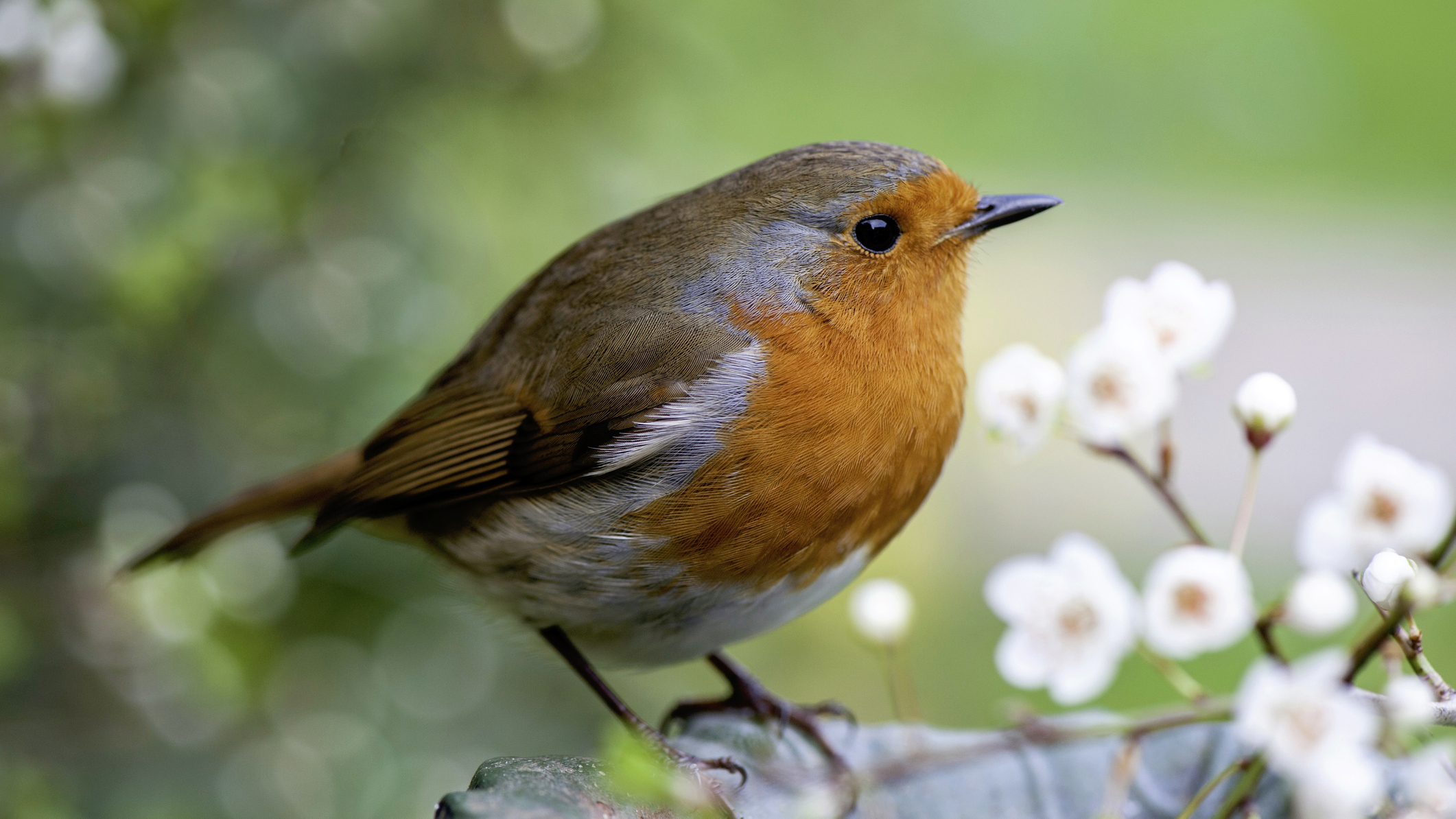Robins face food shortages this winter. Here’s how you can help
Cold spells and disappearing habitats threaten the nation’s favourite bird. Follow these top tips to help robins thrive


The robin is a much loved bird, and with Christmas on the way, many of us will be sending out cards featuring this attractive red-breasted inhabitant of our gardens. Even if you're already doing your bit with a range of wildlife garden ideas, experts are warning that our favourite feathered friend – along with other native birds – is facing a threat this year from the cooling likely to be brought about by a La Nina weather event, plus the disappearance of hedgerow habitats and food sources.
‘During a cold winter up to half our garden birds can be lost to cold and hunger,’ says Sean McMenemy, garden wildlife expert and director of Ark Wildlife. ‘Robins are particularly susceptible as they remain faithful to their gardens no matter what the weather.’
A robin can use up to 10 per cent of its body weight to keep warm on one cold winter night and, without adequate food, a cold spell can prove fatal. But with the loss of an estimated 50 per cent of hedgerows lost since World War II, according to wildlife charity People’s Trust for Endangered Species (PTES), food sources for native birds have declined.
The good news is that you can help robins this winter, and support the hedgerow habitats that are vital for wildlife. Scroll down for advice from expert Sean plus Megan Gimber of PTES. And you can find out how to attract birds to your garden in our feature.
How to make your garden a haven for robins this winter

1. Putting out food for robins can help them survive the cold. The best foods for these red-breasted garden favourites include mealworms and calcium worms, fatty foods like suet pellets, meaty kitchen scraps, mild cheese, cake and biscuit crumbs, dried fruit, shredded or crushed peanuts, and high protein food blends specially made for robins. Head over to our guide to the best bird feeders for our top picks.
2. Robins like to forage and feed on the ground, so put their food on a feeding tray close to a shrub, tree, or preferred perch. A bird table is also worth having.
3. Hang nest boxes to provide winter shelter for birds. Make sure you position them at least 2 metres from dense vegetation in order to prevent surprise attacks from cats.
4. Don’t forget to provide sources of water in the garden for birds.
5. Don’t over-tidy your garden. Wild undergrowth provides insect habitats, helping robins find food.
6. Consider taking part in the PTES’s hedgerow survey, which aims to health check the British hedges that are such a rich source of food for birds and small mammals preparing for winter, and the migratory birds that over-winter here.
Read more:
- How to make bird feeders: you'll love this simple step-by-step project
- How to make a bug hotel: create a haven for insects
- Create an eco-friendly garden with our guide

Sarah is a freelance journalist and editor writing for websites, national newspapers, and magazines. She’s spent most of her journalistic career specialising in homes and gardens and loves investigating the benefits, costs and practicalities of home improvement. It's no big surprise that she likes to put what she writes about into practice, and is a serial house revamper.
